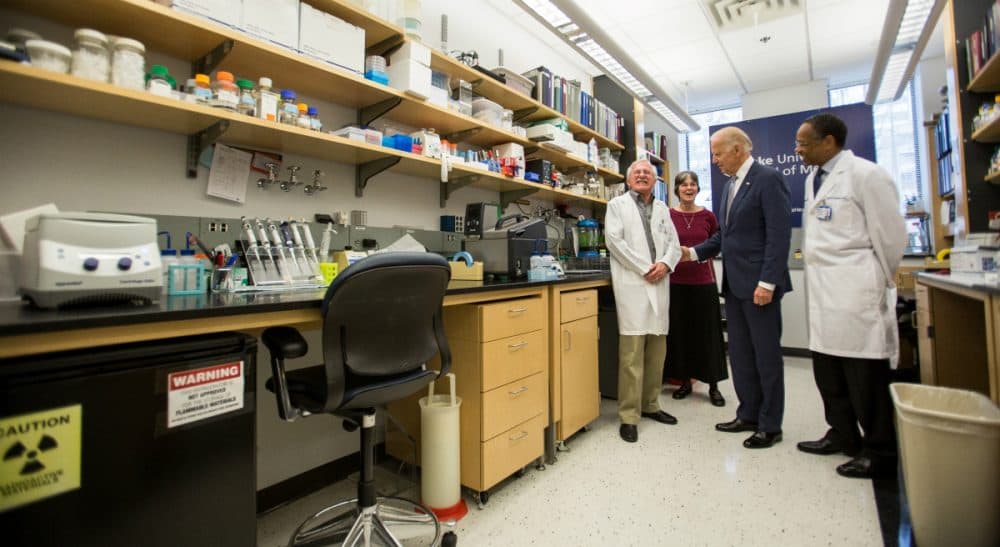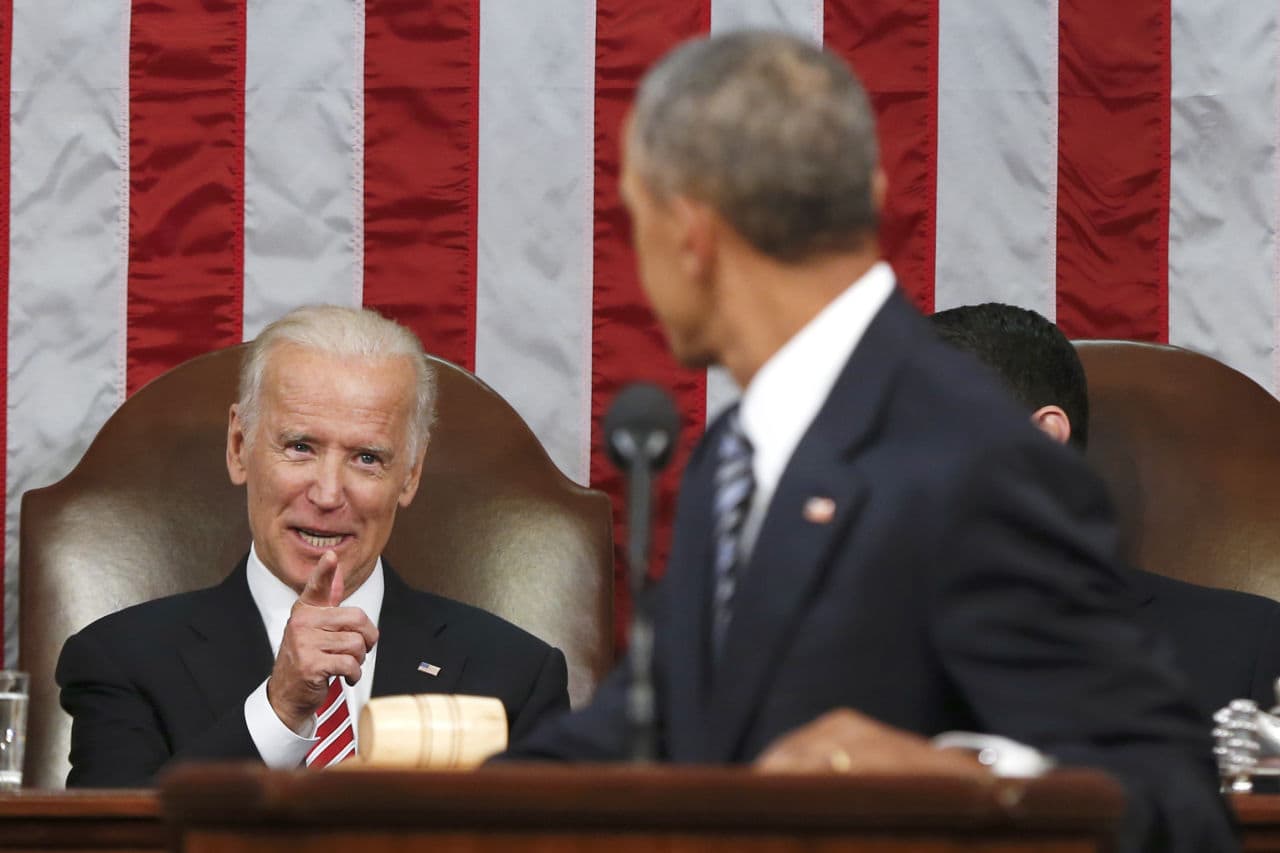Advertisement
Why A 'Moonshot' To Cure Cancer Might Just Work

Expectations are building for major breakthroughs in cancer treatment. Philanthropists Sean Parker, Michael Bloomberg and Sidney Kimmell have collectively contributed half a billion dollars for new initiatives in immunotherapy, and President Obama has pledged a billion dollars for Vice President Joe Biden’s “moonshot” cancer initiative. Is this the time to be reaching for the moon in cancer therapy?
The public also had high expectations that a cure for cancer would be found when the National Cancer Act of 1971 was passed. In his State of the Union address that year, President Nixon captured these expectations: “The time has come in America when the same kind of concentrated effort that split the atom and took man to the moon should be turned toward conquering this dread disease.”
While the investments in cancer research in the 1970s did not conquer the disease as the public had hoped, they did revolutionize our understanding of cancer.
While it was common in the 1970s to invoke the triumph of the Manhattan Project and America’s space program as a model for technological progress, the result of America’s investment in cancer research, however, would be very different.
For 30 years after passage of the National Cancer Act, America’s increasing investment in cancer research had little apparent impact on the emergence of new drugs or therapies. Moreover, while the cancer survival rate continued to trend slowly upward, there was no acceleration of this trend, except for selected disorders including leukemias, lymphomas and childhood malignancies. Many analysts concluded that the “war on cancer” was a failure and an example of misguided science policy.
As policy makers are again invoking the metaphor of a “moonshot” for cancer, can it work this time? I believe it could.

While the investments in cancer research in the 1970s did not conquer the disease as the public had hoped, they did revolutionize our understanding of cancer. Molecular biology uncovered the pathways that control cell growth and cell death. Genetic studies, and later genomics, identified individual genetic, epigenetic and environmental variations that disturb these pathways, causing malignant growth.
At the Center for Integration of Science and Industry, we use analytical models based on technology maturation patterns to study the relationship between advances in basic science and the emergence of new therapies for cancer. Our work is based on something that engineers have known for years: Products developed from immature technologies — whether rocket engines, new materials or new machines — have a high failure rate and commonly fall short on performance metrics. Only as technologies mature and achieve requisite levels of “readiness” do they predictably generate successful products. Our analysis suggests the same pattern is evident in bio-pharmaceutical development, and that the failure to develop successful anticancer drugs in the decades following passage of the National Cancer Act primarily reflected the immaturity of the underlying technologies at the time.
the success of America’s lunar program was built on a foundation of maturing technologies and investments that hastened their development, not new scientific discoveries...
In contrast, in 1961, when President Kennedy committed the nation to “landing a man on the moon and returning him safely to Earth” by the end of the decade, rocket science had already achieved a significant level of maturity. Rockets had successfully carried American astronauts into suborbital space. The ill-fated Vanguard rocket program had been abandoned. There had been more than 120 test flights of the Atlas and Titan rockets that would take Mercury and Gemini astronauts into orbit, and the Saturn rockets that would take Apollo astronauts to the moon were already in development. While more than half of the early tests had failed, by the time the moon program was launched, rocket technologies had become sufficiently reliable that no manned rocket would fail for a quarter century, until the loss of Challenger in 1986.
Our research suggests that cancer research may now be at a similar stage. Analytical models suggest that many of the discoveries and technologies that are essential components of cancer therapies have now matured to the point that they may predictably generate successful products. In fact, over the past several decades, there have been significantly more new therapies approved, and scientists are optimistic about applying the insights of molecular biology and genomics to achieve cures.
Cancer science may, in fact, be like rocket science emerging from an era of frequent failure. A “moonshot” for cancer could actually work.
To succeed, however, we must recognize that the success of America’s lunar program was built on a foundation of maturing technologies and investments that hastened their development, not new scientific discoveries that would take decades to mature. With increased investment and strategic management, we have a shot at a cure for cancer. This time it will be different.
